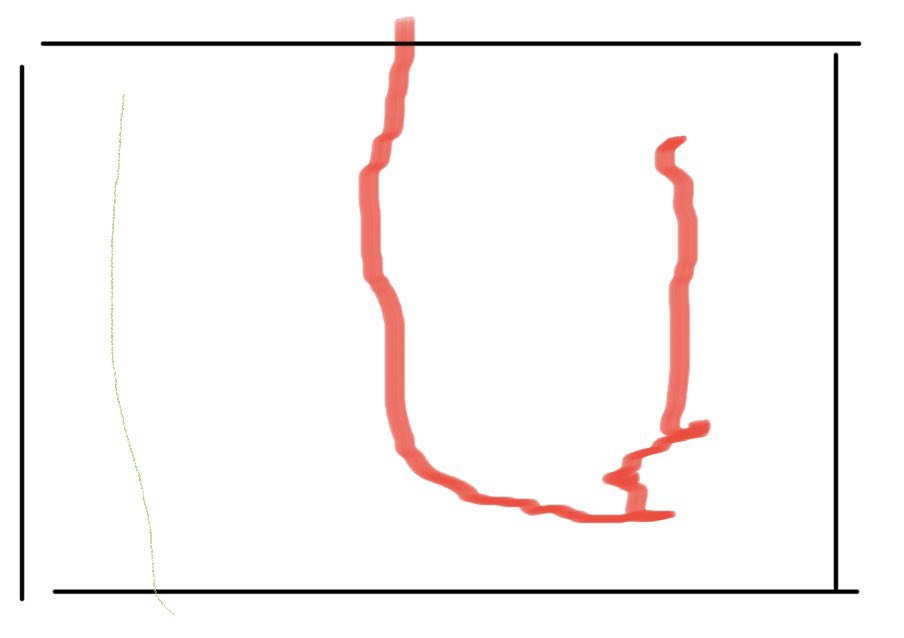Technology
Besides the rudimentary technology of pen and paper, the piece uses a software that creates Virtual ANS Synthesiser. The ANS Synthesiser was an instrument created by Yevgeny Murzin, a Russian audio engineer. Murzin's goal was to use a photo-optic method of sound recording, i.e. obtaining a visible image of a sound wave, but revert its principle so that the sound is synthesised from an image. His development of this idea remained a hobby, as he worked predominantly as an engineer in other areas, but as of 1958 Murzin established a laboratory and a band of musicians/engineers to bring to life and actualise the ANS.
The ANS used in this piece is Warmplace , a Virtual ANS software simulator. It has all the functions of the original ANS, with extended digital capabilites that wouldn't have been possible in the time of the original- such as uploading images and pictures to create sounds.

Example of an image fed into the synthesiser and the midi-notes it creates from it
